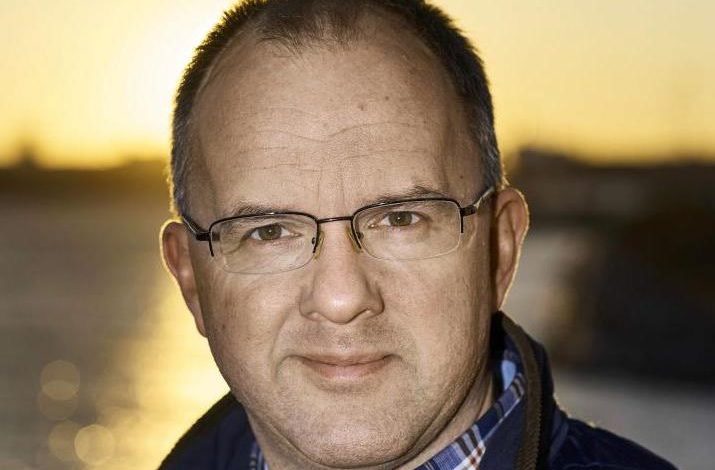Anemoi Marine Technologies: Growing demand for rotor sails

British supplier of rotor sails for commercial vessels, Anemoi Marine Technologies, expects to complete 50 vessel installations a year by 2025, CEO Kim Diederichsen tells Maritime CEO.
The company has seen remarkable interest and demand for its wind propulsion systems as the shipping industry continues to place environmental stewardship at the top of its agenda.
“We are currently experiencing a significant influx of enquiries from interested customers, which have come organically due to environmental, regulatory and bunker cost drivers,” says Diederichsen.
Diederichsen joined Anemoi as CEO in November 2019, having previously served as CEO of Bawat, a Danish-based company supplying ballast water management systems, and was SVP at Remora, responsible for business development and sales of deepwater loading and mooring systems.
Having started his career at sea and qualifying as a master mariner, he now aims to take the UK-based engineering firm to the next level.
Anemoi was incorporated in 2015 after many years of R&D and concept testing, which were crowned by the company’s first successful rotor sails installation onboard a bulk carrier in 2018.
Diederichsen believes that of the current world fleet, around 30% of existing vessels would benefit from the installation of rotor sails, and over 65% of new ships on order today would be suitable.
“If our rotor sails were fitted to every suitable vessel in the global fleet, a mammoth 17m tonnes of fuel would be saved each year, resulting in a staggering reduction in carbon of 56m tonnes,” he claims.
The challenge Anemoi is facing is changing perceptions. Wind assisted propulsion for merchant ships is sometimes thought of as expensive, difficult to manage, ineffective, and old-fashioned. Some see it as taking a backward step. But the opposite is true, according to Diederichsen.
“We’ve proven that our solution is easy to deploy and delivers very real benefits in terms of fuel and emissions savings. The industry’s leaders have understood this and that’s why we are increasingly installing our rotor sails on more and more vessels. I believe it’s only a matter of time before perceptions will change and many others will follow,” he says.
Irrespective of what fuel replaces fossil fuel, Diederichsen foresees that there will be a continued desire for wind assisted propulsion as future fuels are likely to carry a high price tag and owners and charterers will always want to contain their bunker costs.
“I see our systems being deployed over the coming couple of decades primarily as a way to help owners meet their environmental obligations,” he says. “Thereafter and when low carbon fuels become the norm, our systems will also become an aid to reducing operating costs.”
The market for wind propulsion has grown significantly over the last couple of years as the technologies developed from concepts to commercial products.
According to the International Windship Association (IWSA) there are approximately 15 commercial vessels fitted with wind propulsion technologies today, but the EU forecasts almost 11,000 installations by 2030.
So far, in 2021, Anemoi has entered into a wide number of collaboration and supply agreements with numerous vessel owners and charterers. Amongst others, one of the world’s largest dry bulk operators, Oldendorff Carriers, is part of its joint development project with SDARI and Lloyd’s Register. In May, Tufton Investment Management placed an order covering the supply and delivery of a rotor sail system for a kamsarmax bulker.
In the short term, Anemoi’s focus is on scaling up production to accommodate the increased demand for rotor sails. The company has chosen its production setup to be located in China, and it is forecasting a doubling of staff this year.
“Our 2022 delivery schedule covers first vessel installations with a view to progressing to wider fleet rollout across numerous stakeholders from 2023 onwards. This aligns with our five-year strategy plan, targeting 50 vessel installations per year by 2025, of which we are currently executing,” Diederichsen forecasts.
